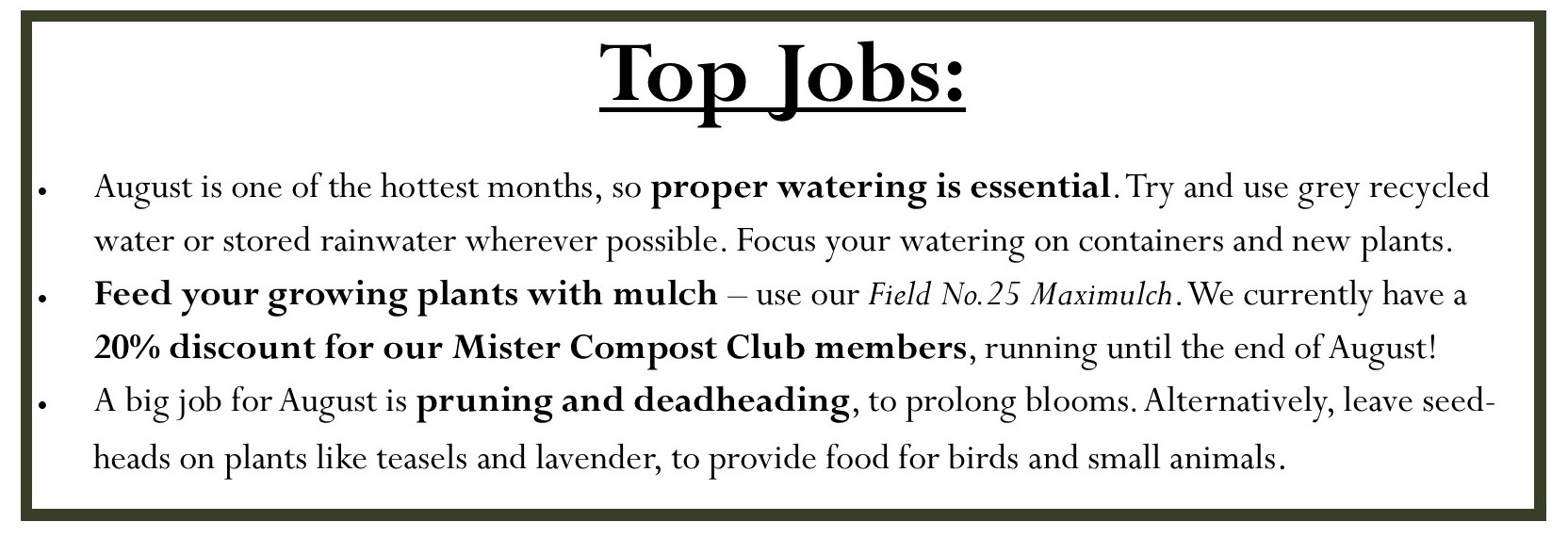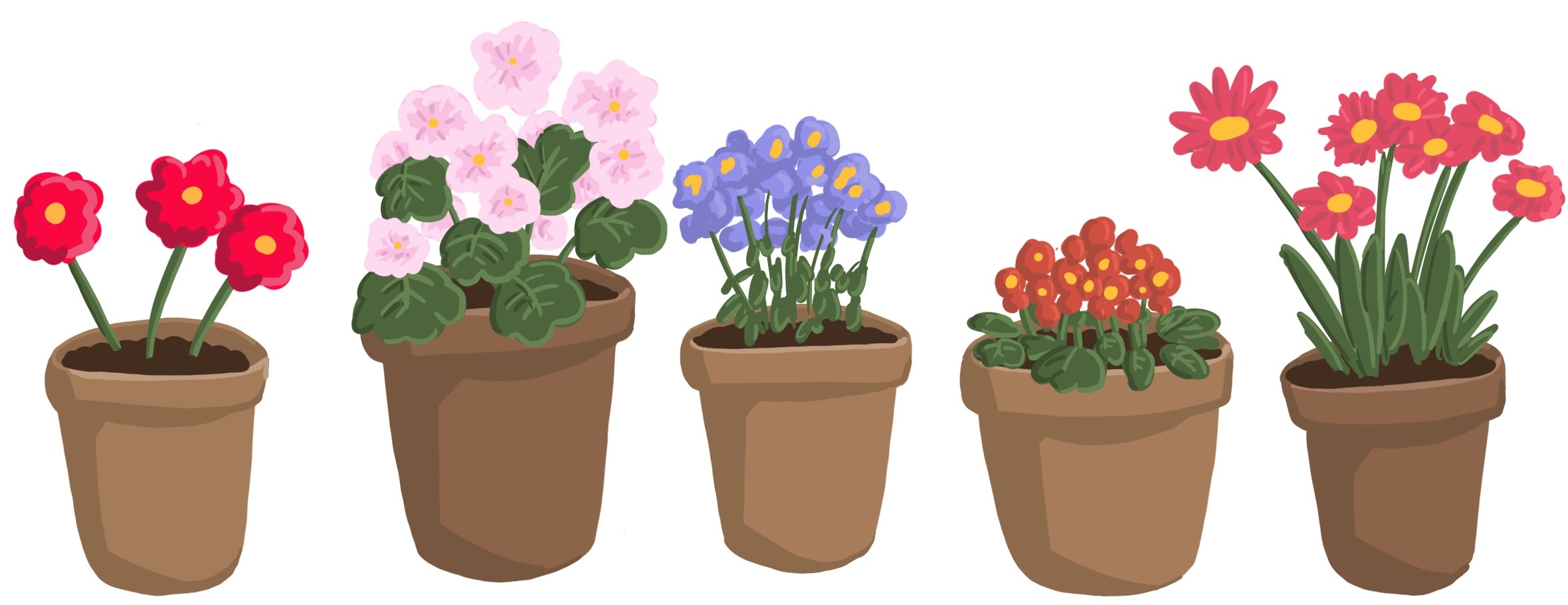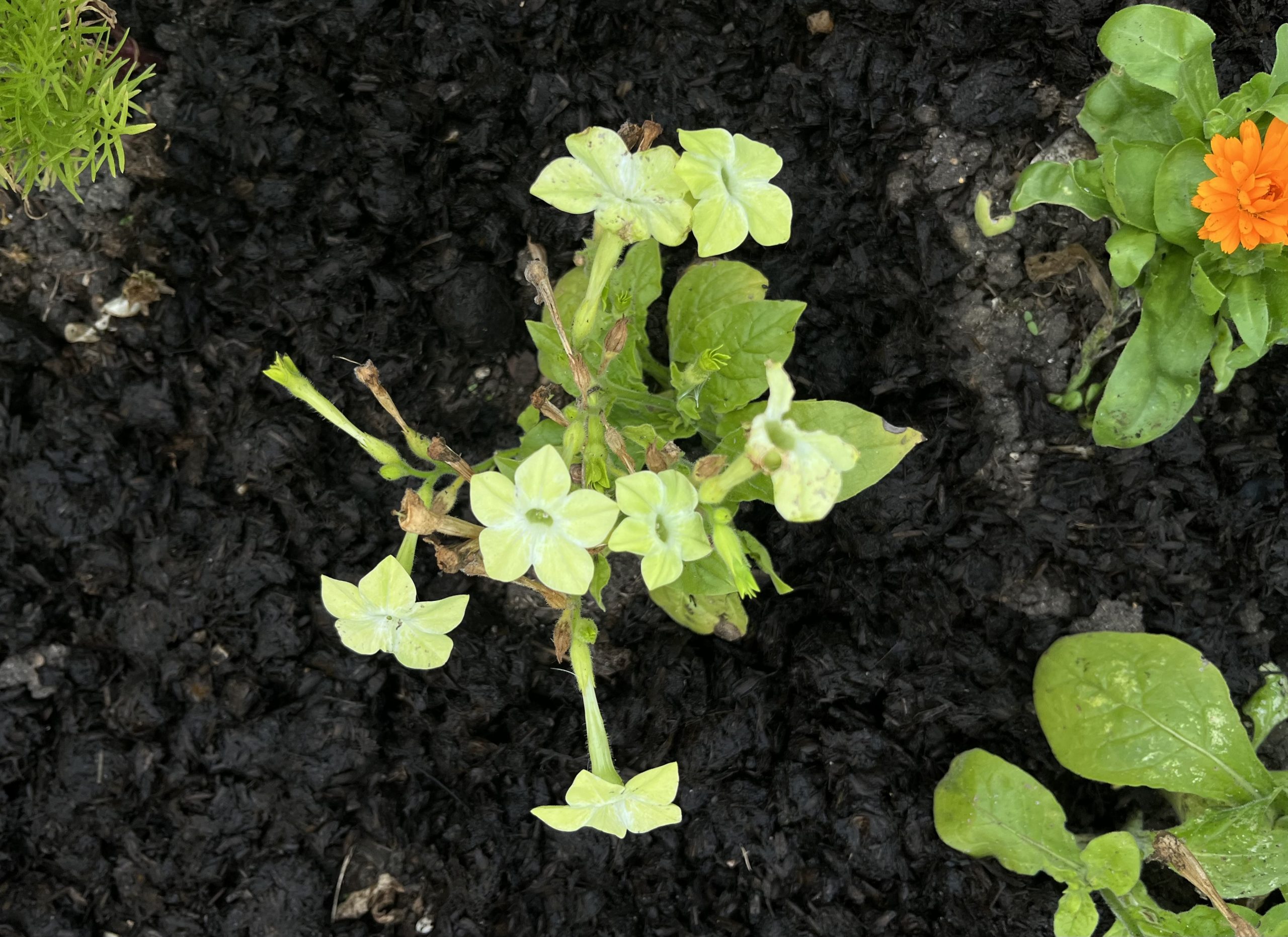Its August! It may technically be halfway through summer, but it does feel like it has only just begun! I hope everyone is enjoying the sunshine, and I hope it lasts! Our August is looking good; lots of prep going on for the BBC Gardeners’ World Autumn Fair at the end of the month, and getting used to our new bagging line!
I bet you have a lot to harvest in August – we do! We have carrots to use in our roast dinners, lettuce for salads, basil for homemade pesto, and lots of courgettes, tomatoes and chillies that are ripening. If you can’t eat all your crops at once, consider freezing or making preserves like jam – yum!

Join our Compost Club email list here to receive 20% off our No.25 Maximulch and for more seasonal offers!
General garden maintenance:
- Take advantage of the dry weather by painting fences, sheds and other wooden features with a preservative.
- Clean up patios and hard surfaces to get rid of moss and algae. Doing this job now will prevent them becoming slippery during winter.
- Leave food and water for hedgehogs; leave out meat-based cat or dog food (ideally chicken flavour) for them to eat.
Houseplants:
- Feed houseplants once a week with liquid fertiliser, continuing through until autumn.
- Repot any houseplants that have becomes top heavy or pot bound into larger containers. Use our Field No.23 Professional Potting Blend compost for repotting.
- Ensure your plants are not getting scorched by the summer sunshine; move them further from the window. Additionally, you could choose houseplants that will thrive in a sunny spot, e.g., Aeomium, Aloes and cacti.
Lawns:
Maintenance of established lawns:
- Mow lawns lightly and frequently; raise the cutting height on your mower to help grass cope better in hot, dry weather.
- Resist temptation to water established lawns, even in dry spells. Your lawn should cope well with drought and if it dies back, don’t worry, it will soon recover once the rain returns.
- Apply Field No.4 Organic Fine Grade Lawn Dressing onto lawns, especially those on thin or poor soil. No.4 is high in potash and phosphate, so will strengthen the grass roots for winter, rather than encouraging just lush top growth that could suffer in the cold, and thus weaken the grass.
Maintenance of new lawns:
- Water areas that were newly sown or turfed in spring to keep them going through their first summer; water every few days unless it rains.
- Cut new lawns every week or so, as required. In hot weather, keep blades high or stop mowing for a while, and progressively lower the blade height until they’re back to normal level.
Plan ahead:
Prepare the ground if you want to make a new lawn in autumn; weed and dig over the soil. Then leave it for a few weeks to allow weeds to re-emerge, apply weedkiller or hoe them off to ensure the site is thoroughly cleared.

Flowers:
Jobs:
- Deadhead flowering plants regularly, pinching off faded blooms with your finger and thumb. Deadhead perennials like dahlias, roses and penstemon to prolong the display colour.
- For hanging baskets, regular deadheading and watering will help them last through until autumn. Also add tomato feed fortnightly.
- On a dry day, collect seed pods from plants you are planning to reseed, for instance, sweet peas, calendula, nigella and hardy geraniums. Also collect seed pods from those flowers that you don’t want to reseed themselves.
To sow:
- Hardy annuals. Towards the end of August, sow hardy annuals directly into borders. They will overwinter and flower next spring and summer.
- California poppies. Sow these where you want them to flower – in shallow drills in well-prepared soil, or on the surface of our Field No.23 Professional Potting Blend compost in pots.
- Calendula/pot marigold. These can be sown in August and September for flowers the following spring. Sow them where they are to flower; Use Field No.23 to create a seed bed, or in pots.
- Cornflowers. Sow these now for May flowers. Use Field No.23 to create a seed bed or when sowing in pots.
To plant out:
- Biennials. Start planting early-flowering biennials, like honesty or wallflowers, that were sown undercover in May and June. Field No.23 is perfect for this!

Fruit & veg:
Jobs:
- Harvest. Harvest sweetcorn, French and runner beans, potatoes, carrots, beetroot, courgettes and more – the list goes on forever! When you harvest onions and shallots, leave them to dry in a sunny spot before storing. Also, when harvesting fresh herbs, you can freeze them in ice cubes for winter use, or hang them up to dry to store in jars.
- Ensure any fruit crops aren’t pinched by birds; cover them with netting but ensure this netting stands well clear of the fruit.
- Cut back herbs to encourage a new flush of leaves that you can harvest before the frost. Any not used when fresh can be dried or frozen for later use.
To sow:
Use our Field No.23 Professional Potting Blend compost to create seed beds and for pots/containers.
- Lettuce. These can be overwintered in greenhouses and beneath cloches, for pickings from April through to June.
- Spinach. Sow direct in well-prepared soil. Cover with a low cloche when temperatures start to fall. The plants will enter dormancy over the winter, ready to provide a fresh crop of leaves in early spring.
- Turnips. These are best sown direct, then thinned in late August or early September. If sown in modules, they can be thinned to two or three roots in each, for planting out in late august.
- Herbs. Sow basil, marjoram, chives, dill and coriander in pots outdoors. Move them indoors in late autumn.
To plant out:
- Lift and plant well-rooted strawberry runners into new beds.
- Winter cabbages that were grown from seed in previous months should be planted out now.
- Plant out leeks.
Trees and shrubs:
Jobs:
-
-
- Summer prune both free-standing and trained apple and pear trees. This will allow sunlight to ripen the fruit and ensure fruiting in future years.
- Prune wisteria and climbing shrubs, e.g., pyracantha after flowering.
- Give hedges a final trim over now. They will only grow a little before cold weather stops growth.
-



